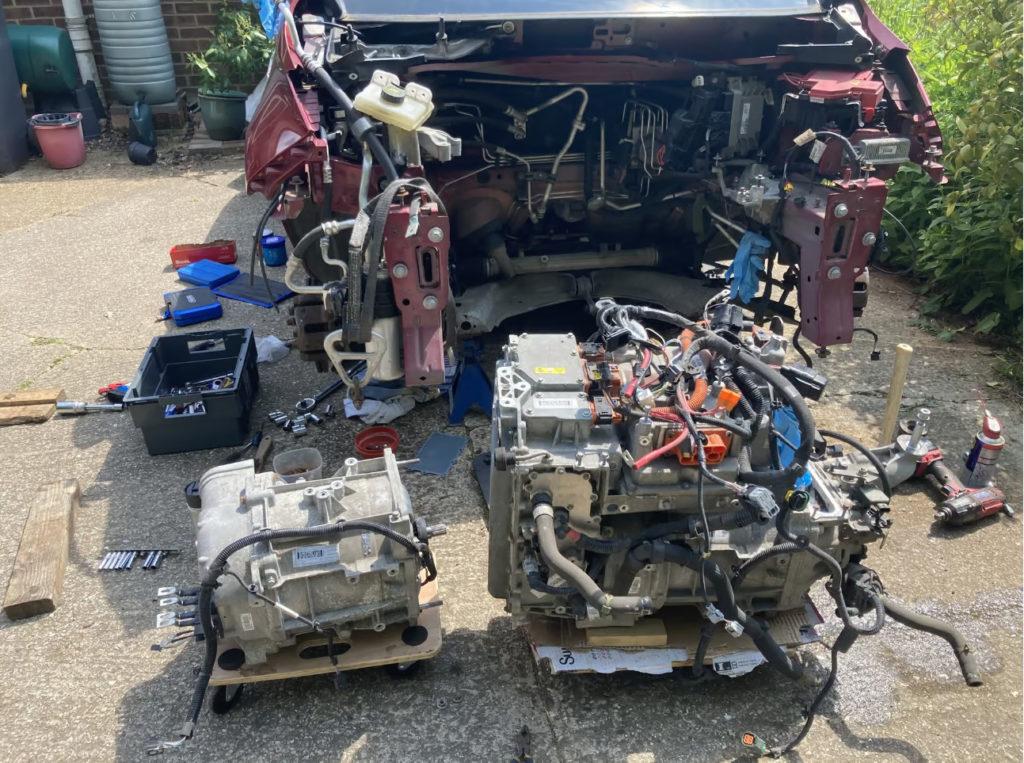A totaled 10 y/o ZOE? Not so fast…
This is a brilliant story of a ZOE repair by Dutch forum user “Jos Willems”. Here is the link to his post with pictures. You might need an account to access the pics and of course need to read Dutch or use something like Google translate, so I’ll give a short glossary here.
His Q210 stopped 3 phase charging which was a serious PIA as the home charger is 3 phase. Dealership stated the charger was toast and it “had probably taken with it several other components”, leaving the estimate in the 4.000 – 6.000 range, effectively rendering it a total loss. To add insult to injury the dealership offered 0 (zero) value if he were to buy a new car.
Not to be phased, he removed and disassembled the BCB (fairly easy on a Q model, but still “daring”) and found out it was not the dreaded welded relay contact. However the big triple filter cap assembly had seriously degraded; one cap was 5uF, which should be 100uF. After unsuccessfully trying to obtain the original OEM component, he decided to build a new capacitor bank from stock capacitors, if only to make sure this was the actual problem. Guess what? Car charges again as it should. He didn’t state labor time but my guess, excluding many frustrating phone calls was something like 8-12 hours. Component cost was 120 euro. Hats off!
I am usually staying away from criticizing the OEM. There are millions of cars on the road and s**t happens. Here though “the emperor has no clothes”: only because Jos was persistent, fairly knowledgeable and a bit daring he saved himself a ton of money and the environment a scrapped car. The cause was a the most simple component failing, misdiagnosed by the dealer and with basically zero support from said dealer and Renault itself.





